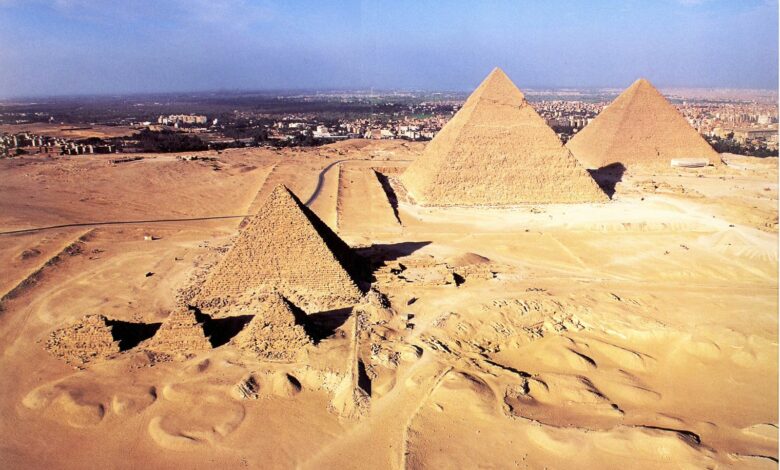
This comes to preserve and protect archaeological sites, and implement sustainable practices to benefit local communities and visitors alike.
Up to five Egyptian World Heritage sites and museums will now have solar energy plants, as part of the the national project for solar cell systems – the Visitor Center on the Giza Pyramids Plateau, Mohammad Ali Palace in Manial, Sharm el-Sheikh Museum, and two museums in Alexandria (the National Museum and the Royal Jewelry Museum).
The capacity of these stations is 325 kilowatts of photovoltaic systems, which generate 520 megawatt hours per year.
This is estimated to reduce approximately 295 tons of carbon dioxide equivalent greenhouse gas emissions annually.
The sites targeted for introducing solar energy is divided into two phases, with the first to include up to 20 museums and archaeological sites, and the second including approximately six museums and sites.